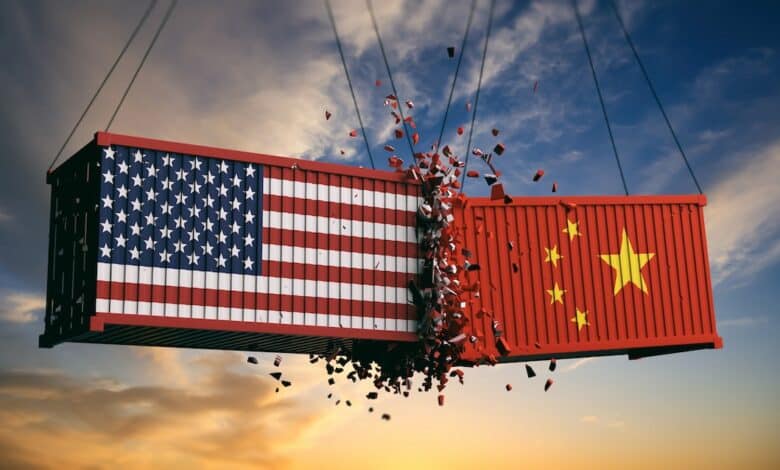
China has been adeptly navigating U.S. federal efforts to curb Chinese Communist Party influence by strengthening its relationships at the state and local levels
China has been adeptly navigating U.S. federal efforts to curb Chinese Communist Party (CCP) influence by strengthening its relationships at the state and local levels. This strategic approach allows China to sidestep Washington’s increasingly restrictive policies, maintaining its economic, cultural, and political foothold within the United States.
Key Tactics Used by China
- Subnational Diplomacy:
- China has been actively fostering ties with state governors, city mayors, and local businesses through:
- Sister-city partnerships
- Trade delegations
- Investment deals
- These relationships often focus on economic growth, infrastructure projects, and cultural exchange.
- China has been actively fostering ties with state governors, city mayors, and local businesses through:
- Economic Incentives:
- By offering investment opportunities, trade deals, and job creation, China appeals to local governments looking to boost their economies.
- Chinese companies have made significant investments in sectors like manufacturing, agriculture, real estate, and technology across the U.S.
- People-to-People Exchanges:
- China supports programs like educational partnerships, Confucius Institutes, and tourism exchanges to build goodwill and influence public perception.
- These efforts help shape a narrative that promotes mutual benefit while downplaying national security concerns.
- Targeting Strategic Industries:
- China cultivates relationships in industries vital to local economies, such as:
- Agriculture (especially in Midwestern states)
- Technology (including research and development partnerships)
- Green energy projects
- This ensures ongoing economic interdependence despite federal tensions.
- China cultivates relationships in industries vital to local economies, such as:
Why State and Local Outreach Works
- Decentralized U.S. Governance:
- The U.S. system of federalism gives significant power to state and local governments to manage their own economic and trade policies.
- This structure allows China to engage directly with local officials who may be more focused on immediate economic benefits than on national security concerns.
- Economic Pressures:
- Many local governments are eager for foreign investment and job creation, making them more receptive to partnerships with Chinese entities.
- The promise of infrastructure projects and manufacturing investments can outweigh concerns about CCP influence.
- Lack of Coordination:
- There is sometimes a disconnect between federal policy objectives and local economic priorities. While Washington pushes for decoupling or reducing dependence on China, local leaders may prioritize short-term gains.
- Soft Power Appeal:
- Cultural diplomacy through education, tourism, and exchange programs helps to normalize relations and reduce suspicion among local communities.
U.S. Federal Response
The U.S. federal government has grown increasingly wary of China’s subnational influence and is taking steps to address it:
- Legislation and Oversight:
- Federal agencies are scrutinizing Chinese investments in critical infrastructure and strategic industries.
- Proposals like the “Countering CCP Influence Act” aim to restrict CCP-linked activities at the state and local levels.
- Awareness Campaigns:
- Efforts by the FBI and Department of Homeland Security (DHS) include briefings to state and local officials on the risks of Chinese influence operations.
- Economic Alternatives:
- The federal government is encouraging domestic investment and partnerships with allied nations to provide alternatives to Chinese funding.
- Closing Confucius Institutes:
- Many Confucius Institutes in U.S. universities have closed due to concerns about propaganda and academic freedom. Some states have passed laws restricting such programs.
Challenges and Risks
- Economic Backlash:
- Restricting Chinese investment could harm local economies reliant on these partnerships, creating political challenges for state leaders.
- Balancing Act:
- Local officials must balance the need for economic growth with concerns about national security and potential CCP influence.
- Inconsistent Policies:
- Lack of a unified strategy between federal, state, and local authorities creates loopholes that China can exploit.
Conclusion
China’s strategy of bolstering relationships at the state and local levels represents a savvy workaround to federal restrictions, allowing it to maintain influence within the U.S. This dynamic underscores the need for greater coordination between federal and local governments to safeguard against CCP interference while protecting economic interests. The coming years will likely see a continued tug-of-war between local economic priorities and national security imperatives.
